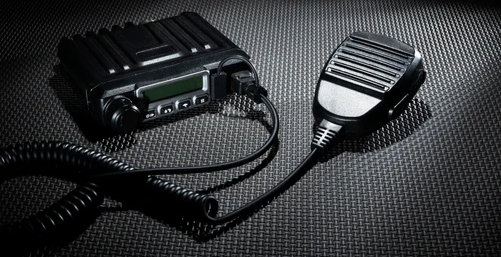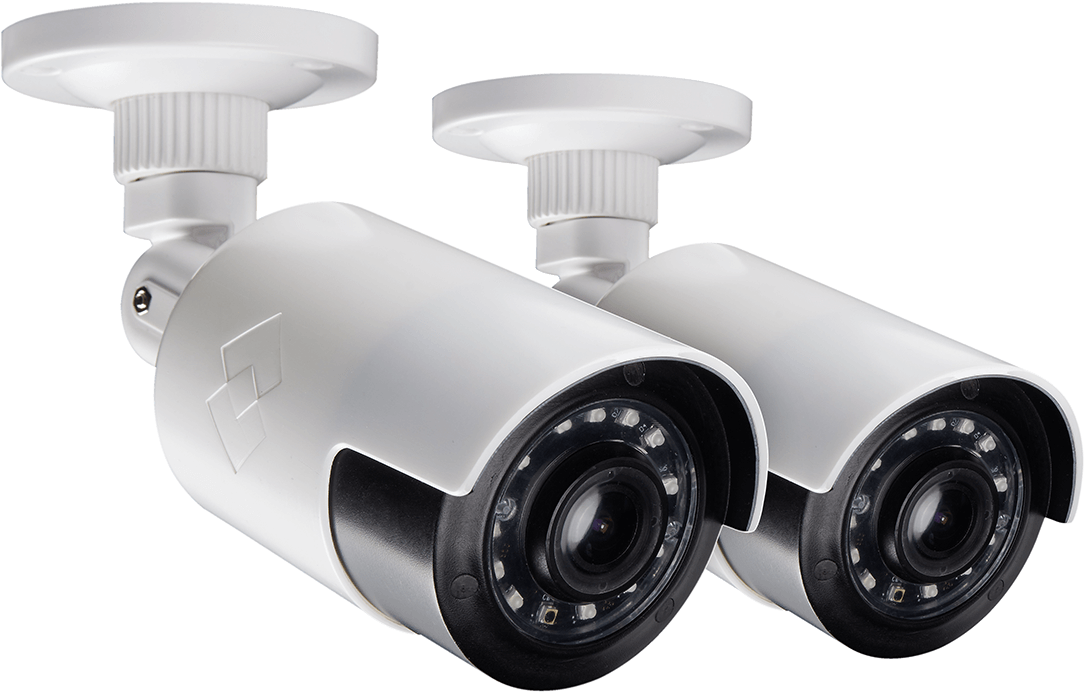Radio Communications

Radio communications have been a cornerstone of wireless communication technology for decades, allowing organizations to communicate over long distances without relying on physical connections. Whether for emergency services, transportation systems, military operations, or businesses with distributed locations, radio communication systems provide a reliable means of sending voice, data, and video over the airwaves.
How Siebens Can Meet Your Radio Communication Needs
At Siebens, we offer a wide range of radio communication solutions tailored to your business’s specific requirements. Whether you need secure communication for emergency services, reliable two-way radios for on-site coordination, or long-range communication for remote locations, Siebens provides:
- Customizable Radio Systems: We design radio systems that meet the specific operational demands of your industry, ensuring efficient and reliable communication.
- Advanced Digital Solutions: Our digital radio systems offer superior voice clarity, encryption, and integrated data features to keep your business connected securely.
- Long-Range Communication: For businesses operating in remote areas or across large distances, we offer satellite and PoC systems to ensure uninterrupted communication.
- Ongoing Support: Our team provides installation, training, and maintenance to ensure your radio communication systems remain efficient and operational.
Components of a Radio Communication System
Transmitter: A transmitter generates the radio signal, encodes the information, and transmits it over a specified frequency. It includes components such as:
- Microphone (for voice communication): Converts sound into electrical signals.
- Antenna: Sends radio waves into the air to be received by other antennas.
- Modulator: Converts the signal into a form suitable for transmission over radio waves (e.g., AM or FM).
Receiver: The receiver picks up radio signals from the transmitter and decodes them back into usable information. Key components include:
- Antenna: Receives the radio signal from the transmitter.
- Demodulator: Converts the radio waves back into electrical signals, which are then translated into voice, data, or video.
Repeater: A repeater is used in larger systems to extend the range of communication. It receives a signal from one transmitter, amplifies it, and then retransmits it to cover a wider area.
Base Stations and Mobile Units:
- Base Stations: Central hubs that manage communication between multiple mobile units (like handheld radios or vehicle-mounted systems). Base stations are often used in industries such as public safety, transportation, and logistics.
- Mobile Units: These include handheld radios, vehicle-mounted radios, or other portable devices that allow users to stay connected while moving.
Control Systems: Modern radio systems often include software-based control systems that allow businesses to manage channels, users, and frequencies. This ensures efficient communication management and minimizes interference.
Modern Radio Communication Technologies
Digital Mobile Radio (DMR): DMR is a widely used standard for digital radio communications. It offers superior voice clarity, extended battery life for portable radios, and support for data services like GPS and text messaging.
TETRA (Terrestrial Trunked Radio): TETRA is a digital trunked radio standard widely used in Europe and by emergency services globally. It supports secure, encrypted communications, group calls, and data transmission.
Push-to-Talk (PTT) Applications: Mobile applications can now replicate the functionality of traditional two-way radios on smartphones and tablets. These apps enable instant communication, much like walkie-talkies, but over cellular or Wi-Fi networks.
Voice Over IP (VoIP) Radios: VoIP radios use internet protocol to transmit voice communication over the internet, integrating traditional radio systems with modern IP-based communication networks. They are increasingly popular for businesses requiring flexible, long-distance communication solutions.
Encryption and Secure Communications: Modern radio systems come with advanced encryption options, ensuring that sensitive communications remain secure and inaccessible to unauthorized listeners
Examples of Radio Communication Systems in Use
Construction Site Communication: Large construction sites use two-way radios to coordinate workers, equipment, and safety measures across vast and noisy environments. For example, foremen use radios to direct cranes, monitor site safety, and ensure teams are synchronized.
Public Safety Radio Networks: Police departments, fire services, and emergency medical teams rely heavily on radio communication for coordination and response. In many cities, emergency services use trunked radio systems to manage communication across multiple agencies during critical incidents.
Maritime Radio Communication: Ships and offshore platforms use marine radios and satellite systems to maintain constant communication with ports, other vessels, and emergency services. The Global Maritime Distress and Safety System (GMDSS) uses radio communications to enhance the safety of vessels at sea.
Retail and Hospitality: Retail stores and large hotels use two-way radios to ensure seamless communication between staff members, from security personnel to customer service teams. For example, department stores use radios to coordinate stock movement, handle customer inquiries, and manage security.
Oil & Gas Exploration: Remote oil rigs and gas platforms use satellite radio communication systems to maintain reliable contact with onshore offices and emergency services. These systems are vital in extreme environments where traditional communication infrastructure is unavailable.








